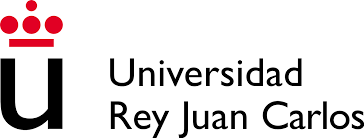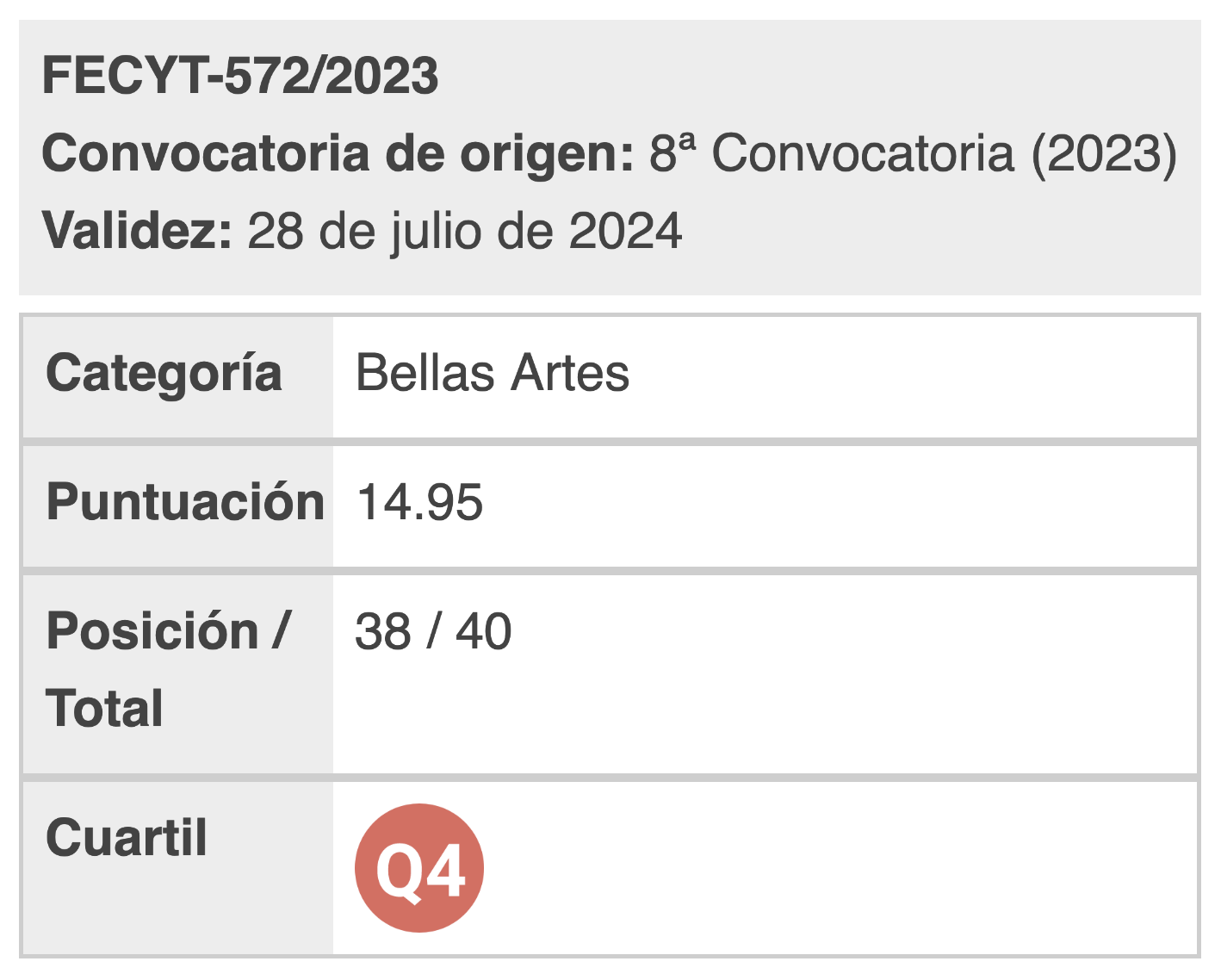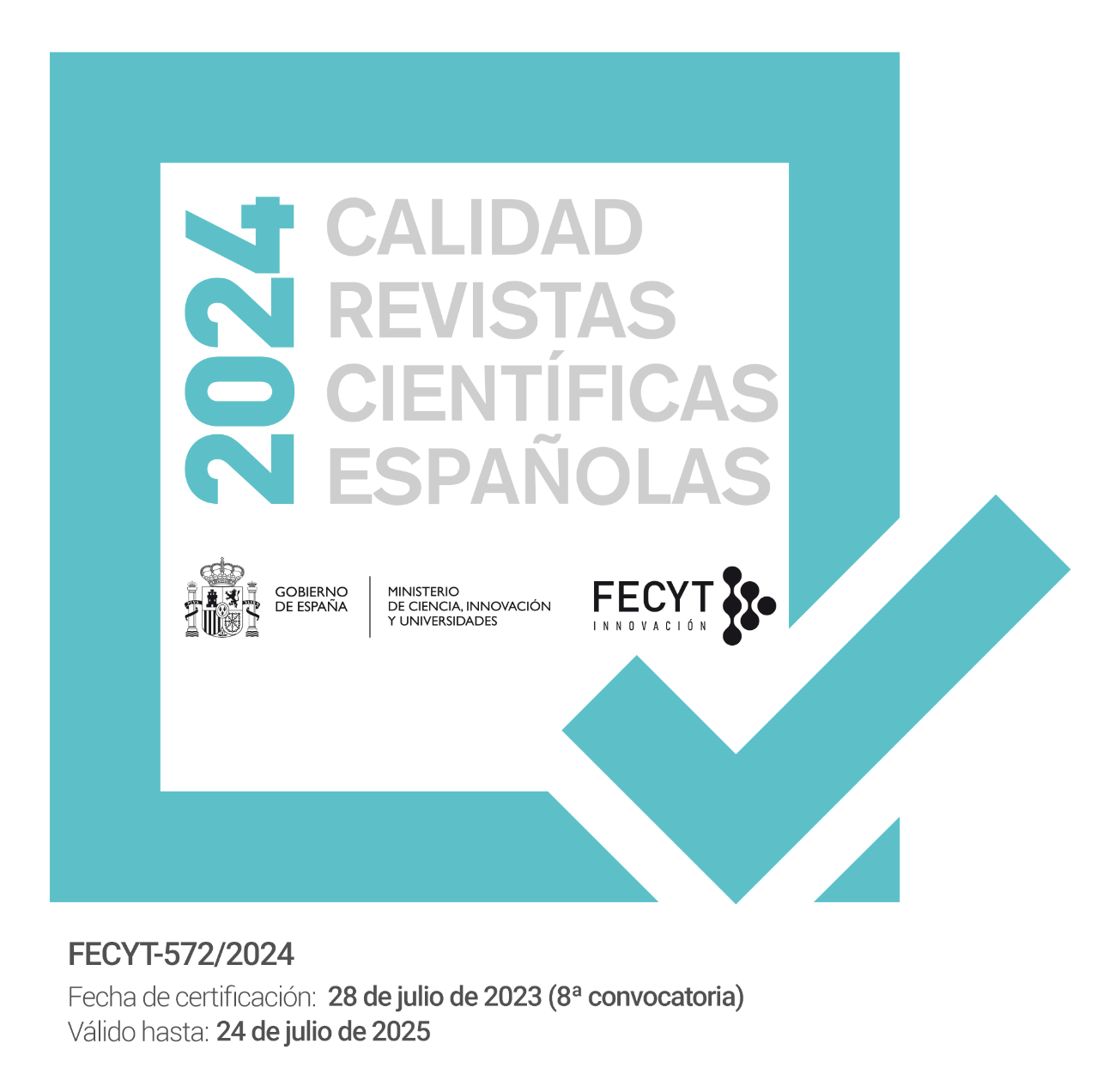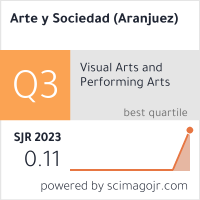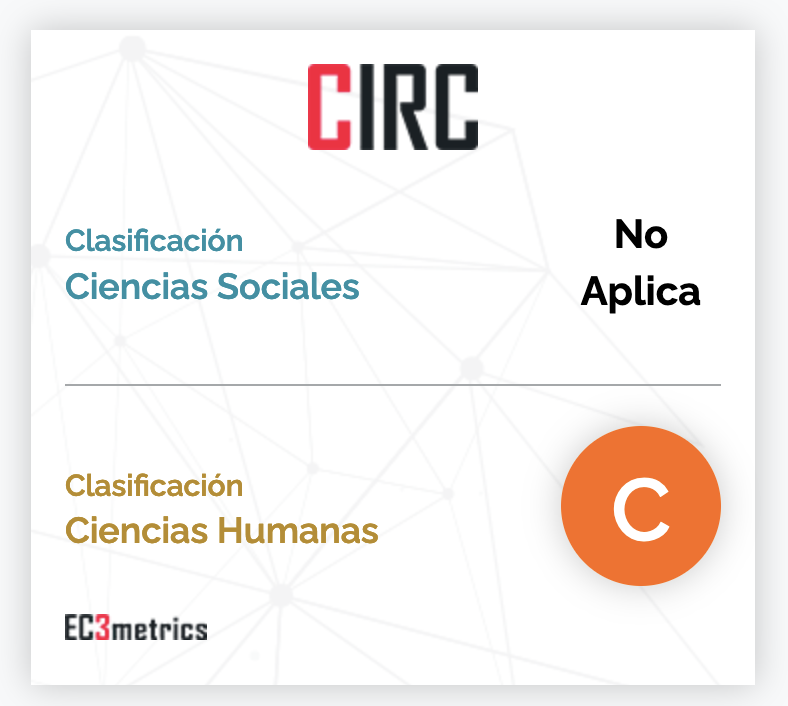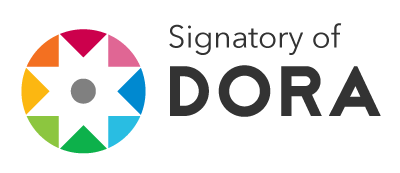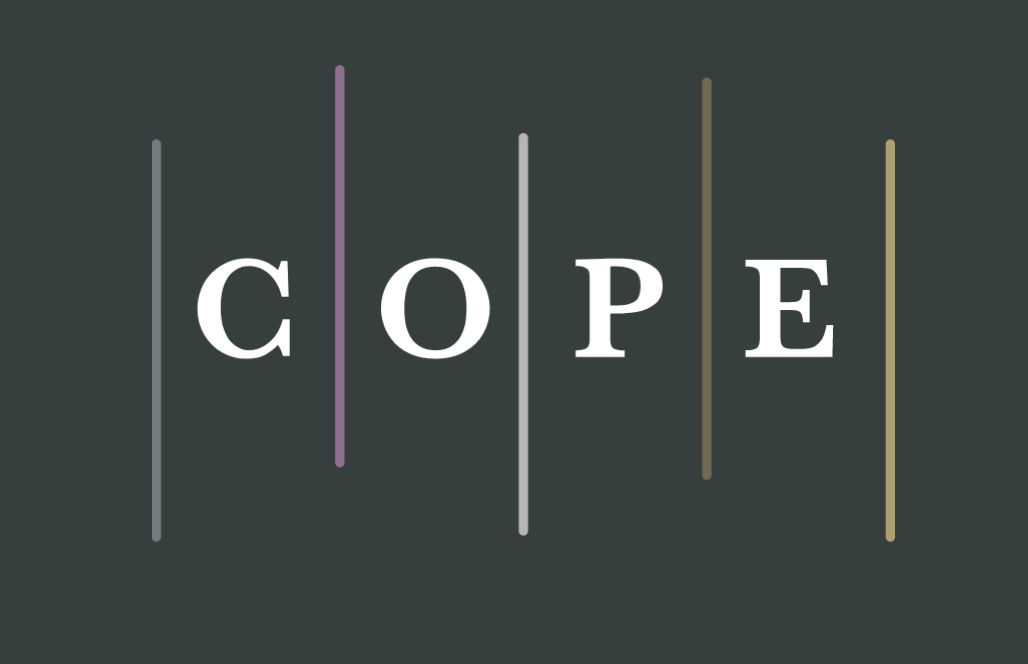LA INTELIGENCIA ARTIFICIAL GUIANDO AL PUEBLO
DOI:
https://doi.org/10.33732/ASRI.6584Palabras clave:
inteligencia artificial, arte, derechos de autor, plagio, copia, fakesResumen
El desarrollo de la inteligencia artificial y la invasión en todos los ámbitos de la vida pública (incluido el arte) ha abierto un debate que anuncia, una vez más, la muerte del arte. Lo artificial se debate contra lo natural por legitimar su existencia a través de la verdad y la mentira. Para algunos la creatividad está en riesgo en pro de la banalización, para otros se trata de meras imitaciones o copias que vulneran los derechos de propiedad intelectual. El objetivo fundamental de este artículo es poner las ideas en contexto mediante las respuestas a las siguientes preguntas: ¿qué es y qué no es la inteligencia artificial?, ¿qué es y qué no es el plagio?, ¿qué es y qué no es útil de todo este conflicto?, ¿estamos, de verdad, ante un nuevo fin del arte?Citas
BBarthes, R. (1973). Texte (théorie du). Encyclopaedia universalis, 15, 1013-1017.
Barthes, R. (2002). El susurro del lenguaje: Más allá de la palabra y de la escritura. Paidós.
Baudrillard, J., Vicens, A., & Rovira, P. (1978). Cultura y simulacro. Kairós Barcelona.
Bergson, H. (2016). Materia y memoria: Ensayo sobre la relación de cuerpo con el espíritu (2.a ed.). CACTUS.
Carlini, N., Hayes, J., Nasr, M., Jagielski, M., Sehwag, V., Tramèr, F., Balle, B., Ippolito, D., & Wallace, E. (2023). Extracting Training Data from Diffusion Models (arXiv:2301.13188). arXiv. http://arxiv.org/abs/2301.13188
Chomsky, N., Roberts, I., & Watumull, J. (2023). Noam Chomsky: The False Promise of ChatGPT. The New York Times. https://www.nytimes.com/2023/03/08/opinion/noam-chomsky-chatgpt-ai.html
Genette, G., & Prieto, C. F. (1989). Palimpsestos. Taurus Madrid.
McClulloch, W. S., & Pitts, W. (1943). A logical calculus of the ideas immanent in neurons activity. Bulletin of mathematical biophysics, 5(115-133), 10.
Morales, L. G. (2020). Filosofía de la Restauración: Más allá de las cosas (Vol. 2). BOD GmbH DE.
Qureshi, M. A., Deriche, M., Beghdadi, A., & Amin, A. (2017). A critical survey of state-of-the-art image inpainting quality assessment metrics. Journal of Visual Communication and Image Representation, 49, 177-191.
Riffaterre, M. (1980). La trace de l’intertexte. Pensée (La) Paris, 215, 4-18.
Riffaterre, M. (1984). Intertextual Representation: On Mimesis as Interpretive Discourse. Critical Inquiry, 11(1), 141-162.
Somepalli, G., Singla, V., Goldblum, M., Geiping, J., & Goldstein, T. (2022). Diffusion Art or Digital Forgery? Investigating Data Replication in Diffusion Models (arXiv:2212.03860). arXiv. http://arxiv.org/abs/2212.03860
Suñol, V. (2012). Más allá del arte: Mímesis en Aristóteles. Universidad de La Plata.
Yeom, S., Giacomelli, I., Fredrikson, M., & Jha, S. (2018). Privacy Risk in Machine Learning: Analyzing the Connection to Overfitting (arXiv:1709.01604). arXiv. http://arxiv.org/abs/1709.01604
Zhou, M., Abhishek, V., Derdenger, T., Kim, J., & Srinivasan, K. (2024). Bias in Generative AI. https://arxiv.org/abs/2403.02726

Publicado
Cómo citar
Número
Sección
Licencia

Esta obra está bajo una licencia internacional Creative Commons Atribución 4.0.
Usted es libre de:
- Compartir — copiar y redistribuir el material en cualquier medio o formato
- Adaptar — remezclar, transformar y crear a partir del material
- para cualquier finalidad, incluso comercial.
- Reconocimiento — Debe reconocer adecuadamente la autoría, proporcionar un enlace a la licencia e indicar si se han realizado cambios<. Puede hacerlo de cualquier manera razonable, pero no de una manera que sugiera que tiene el apoyo del licenciador o lo recibe por el uso que hace.
- No hay restricciones adicionales — No puede aplicar términos legales o medidas tecnológicas que legalmente restrinjan realizar aquello que la licencia permite.

